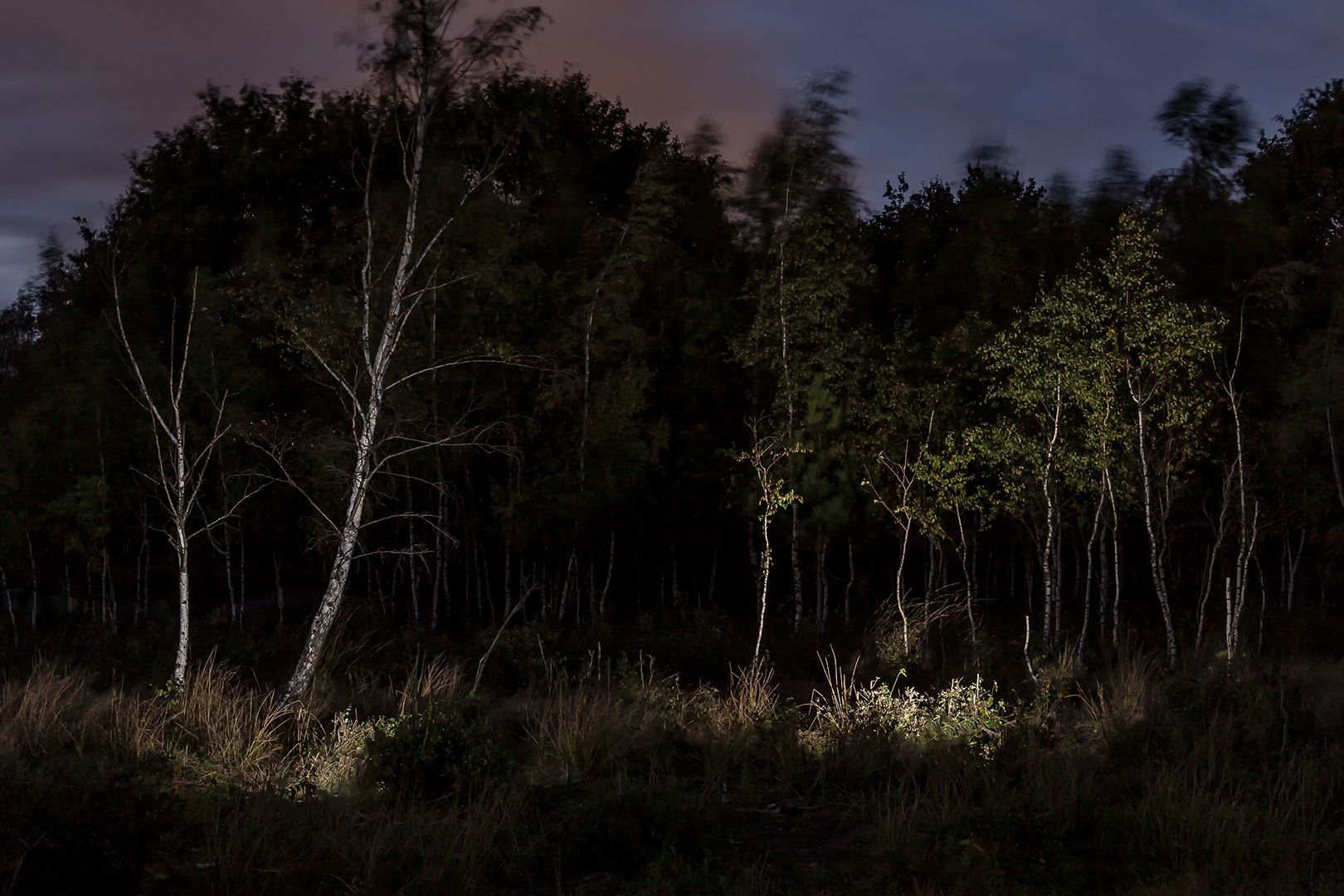The Galgeneindse bossen are part of estate Huis ter Heide, which is located in the southwest of the municipality of Loon op Zand in the Netherlands. Nowadays this estate is a recreational area – or at least – a lot of work is being done on it with the so-called ‘Plan Lobelia’. But it’s not quite working out yet. Both the Galgeneindse Bossen and Huis ter Heide have their own history, which makes them anything but a peaceful recreational area.
History
The Galgeneindse bossen are monotonous, most of the paths are straight, like the trees, which are neatly planted in rows, all of the same age and of the same species. The forests of Galgeneind are therefore sometimes disparagingly referred to as “pine fields”, in which only a few animal species found something to their liking. The older, southern route was called the Galgeneindse Baan and has now disappeared under the forest plantation of estate Huis ter Heide. Its ends are called Galgenbaan in the east and Galgeneind in the west. Here was the court of glory. The death penalty for robbers in the 18th century meantht death by strangulation, after which the corpse was hung on the gallows as a deterrent example. In the jurisdiction of Loon op Zand, it stood ‘at the extreme posts of Loon ’t Sant’ on the Galgenberg in the current Galgeneind in De Moer. Later, the remains were thrown into the Leikeven, on the border of Loon op Zand and Tilburg.





